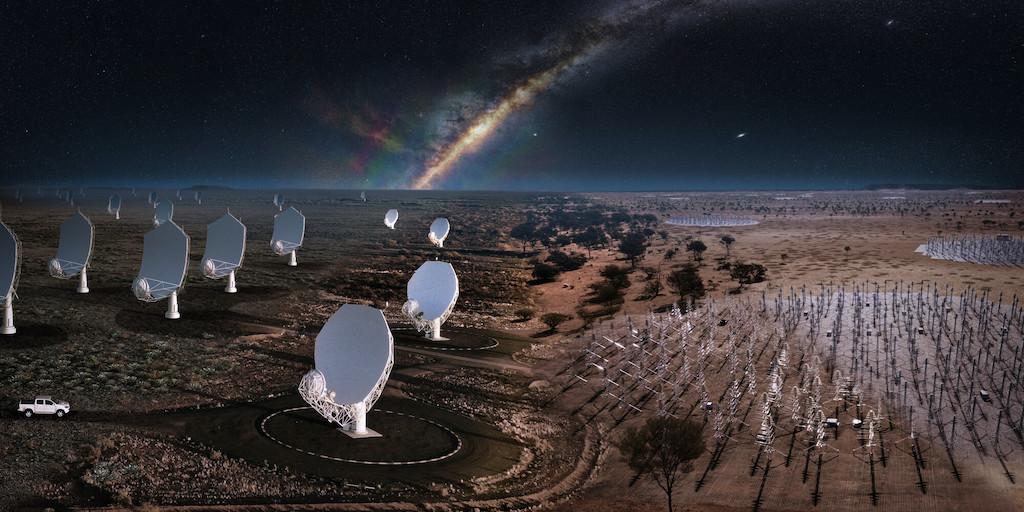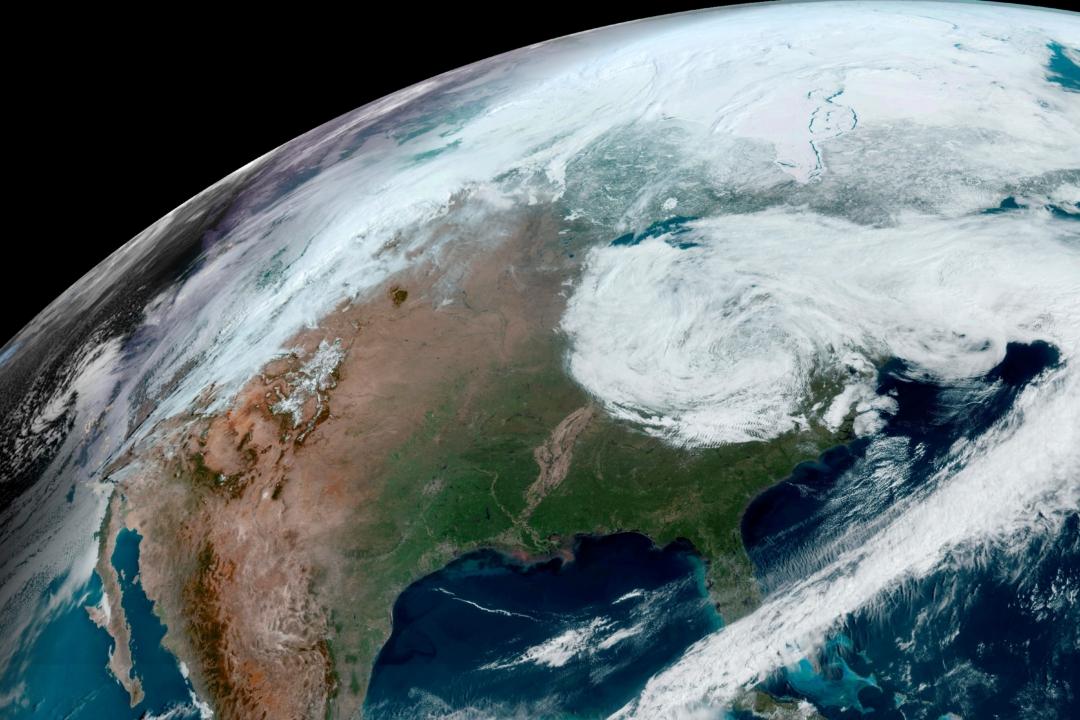There are a lot of unanswered questions in the world, but thanks to Australia’s next-generation radio telescope, the Australian Square Kilometer Array Pathfinder (ASKAP) and a recently observed “fast radio burst” (FRB), astronomers are one step closer to answering some of cosmology’s fundamental questions.
“If we count up the amount of normal matter in the universe—the atoms that we are all made of—we find that more than half of what should be there today is missing,” Swinburne University of Technology’s Associate Professor Ryan Shannon said in a press release. “We think that the missing matter is hiding in the space between galaxies, but it may just be so hot and diffuse that it’s impossible to see using normal techniques.





